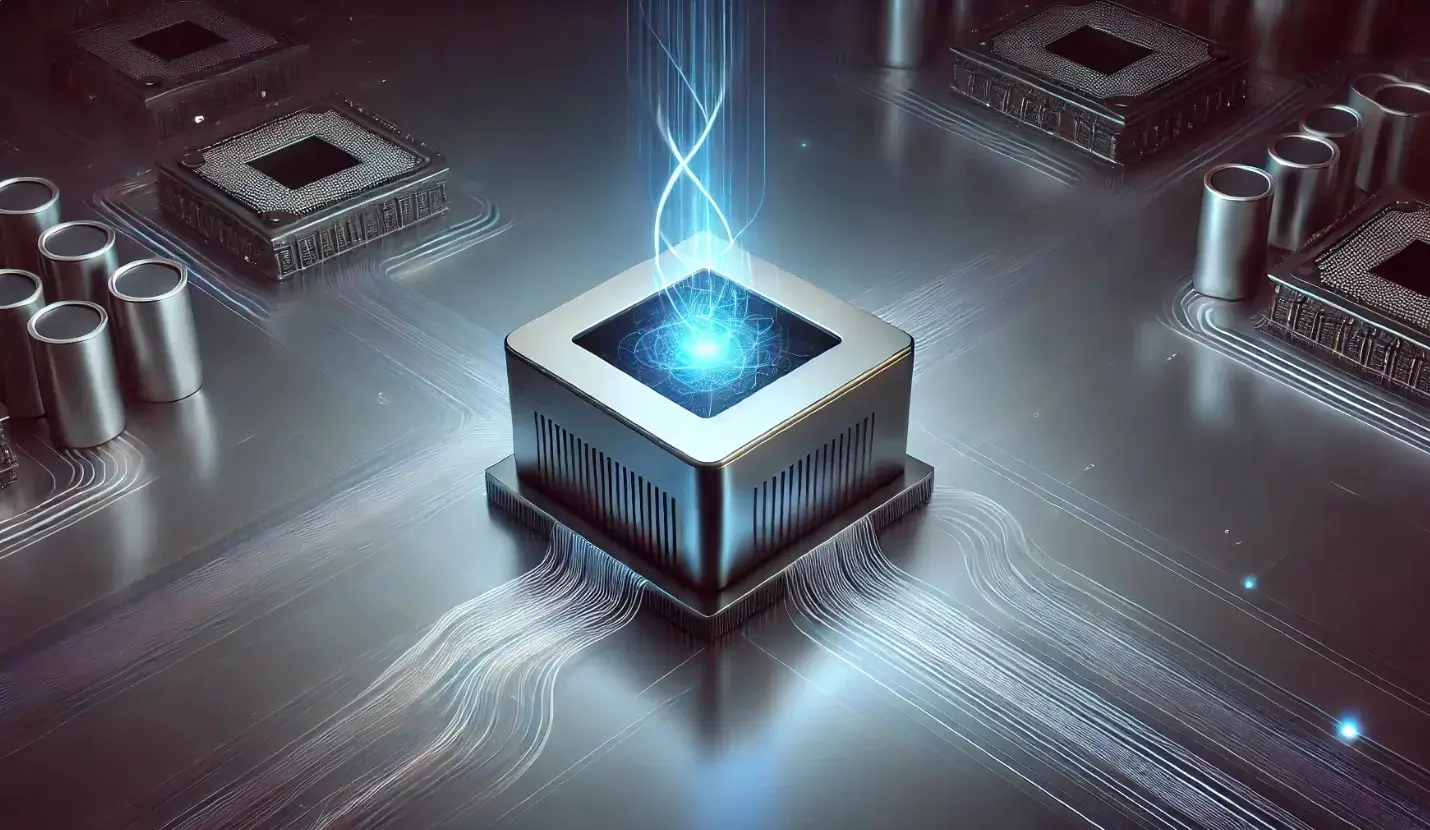A new era of automation is dawning as Foxconn, Nvidia, and Tesla converge to develop and deploy humanoid robots, leveraging their respective expertise to potentially revolutionize manufacturing and beyond. Foxconn, the multinational electronics manufacturer, is set to integrate humanoid robots into its Houston AI plant within the next six months. This smart AI factory will be among the first to utilize humanoids, powered by Nvidia's Isaac GR00T platform, to produce AI servers for Nvidia.
Nvidia's Isaac GR00T robotics platform is a key component in this initiative, providing the hardware and software necessary for these robots to perform complex tasks. Jensen Huang, Nvidia's CEO, believes that the widespread adoption of humanoid robots in manufacturing facilities is imminent. Foxconn has been actively training these robots for various factory tasks, including picking and placing objects, inserting cables, and general assembly work. The new Houston factory offers ample space for the integration of these robots.
Tesla, under the leadership of Elon Musk, is also heavily invested in humanoid robot development with its "Optimus" project. Musk envisions a future where humanoid robots become "the biggest product of all time," even larger than cellphones. Tesla's Optimus Generation 3 is slated to begin production in 2026, with continuous improvements planned each year. Musk anticipates setting up high-speed production lines, aiming for a million units in Fremont and 10 million in Texas. He also showcased two dancing Optimus 2.5 humanoids at the 2025 Tesla Shareholder conference.
The collaboration between these three tech giants has fueled speculation about a potential joint venture, although no formal agreement has been confirmed. Despite the lack of a signed memorandum, the companies' individual efforts are complementary. Nvidia provides the Isaac GR00T platform, Foxconn integrates these systems into its AI factories, and Tesla designs its own hardware and software for Optimus.
The humanoid robot market is projected to experience substantial growth in the coming years. Morgan Stanley estimates the market could reach a staggering $5 trillion by 2050. MarketsandMarkets forecasts revenue climbing from $2.9 billion in 2025 to $15.3 billion by 2030, while Grand View Research projects $4 billion within the same period. This growth is driven by factors such as rising labor shortages, geopolitical supply shifts, and the increasing need for automation. Investment manager Cathie Wood believes humanoid robots will become the biggest opportunity in embodied AI.
However, challenges remain in achieving widespread adoption. These include reducing costs and increasing precision. The average bill-of-materials cost is projected to decline from $35,000 per unit in 2025 to $17,000 per unit by 2030. Despite these challenges, the collaboration between Foxconn, Nvidia, and Tesla signifies a major step towards a future where humanoid robots play a significant role in manufacturing and other industries.















